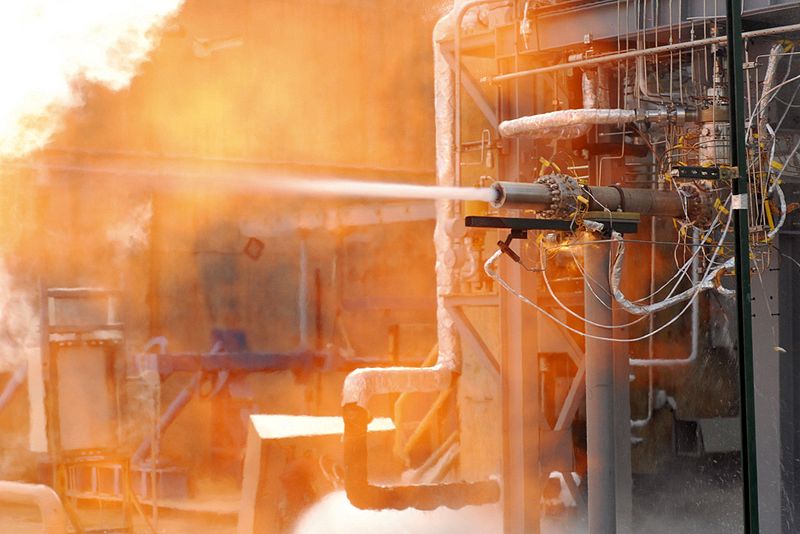
Officials at NASA announce that a group of investigators at the Boulder, Colorado-based Ball Aerospace & Technologies Corp. has been selected to develop a new type of rocket propellant, to act as a “greener” alternative to highly-toxic hydrazine fuel, currently in use.
The new, high-performance propellant will be the first innovative, non-toxic rocket fuel to be used by NASA rockets, and heralds a new age in propulsion system technologies, representatives from the agency say.
In addition, the new substance will carry less intrinsic risks, and will lead to fewer operational hazards than currently possible. At the same time, it will reduce both the costs and complexity of rocket launches considerably.
The Green Propellant Infusion Mission proposal that NASA selected is led by engineers at Ball and is expected to be translated into reality in about three years. NASA Headquarters will finance the effort with $45 million, through its Space Technology Program.
Co-investigators on the effort include scientists from Aerojet Corporation, the US Air Force Research Laboratory (Wright Patterson Air Force Base), USAF Space and Missile Systems Center (Kirkland Air Force Base), the NASA Glenn Research Center and the NASA Kennedy Space Center, in Florida
“High performance green propellant has the potential to revolutionize how we travel to, from and in space,” explains Michael Gazarik, the director of the NASA Space Technology Program.
“An effective green rocket fuel would dramatically reduce the cost and time for preparing and launching space missions while decreasing pollution and harm to our environment,” he goes on to say.
“The team will develop and fly a high performance green propellant, demonstrating and characterizing in space the functionality of the integrated propulsion system. Such a demonstration will provide the aerospace community with a new system-level capability for future missions,” a NASA statement says.
If this endeavor is successful, we may see hydrazine slowly phased out over the coming years, but only if similar performances can be obtained using the greener alternatives.
Via: Green Alternative to Hydrazine Under Research at NASA
Tidak ada komentar:
Posting Komentar